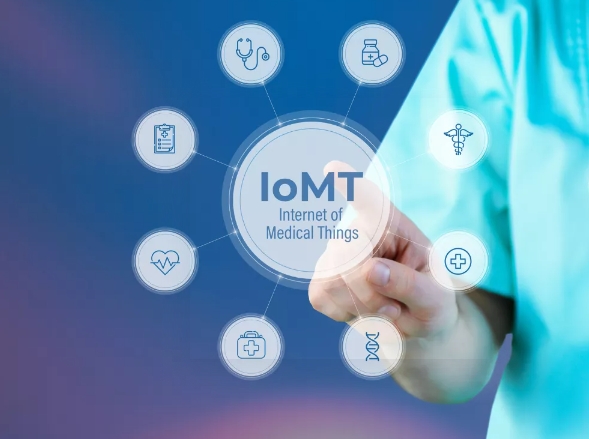The Rise of IoT in Healthcare: How Connected Devices are Revolutionizing Patient Care
The healthcare industry is undergoing a technological revolution with the advent of Internet of Things (IoT) devices.
Improved monitoring and tracking of patient health
Connected devices such as smart wearables and remote monitoring systems allow healthcare providers to continuously track patients’ vital signs and health metrics.
Enhanced communication between patients and providers
IoT devices enable real-time communication between patients and healthcare providers, leading to improved care coordination and faster response times.
Personalized treatment plans
With the help of IoT devices, healthcare providers can gather data on patients’ health behaviors and preferences, allowing them to create personalized treatment plans tailored to individual needs.
Increased efficiency in healthcare delivery
IoT devices facilitate the collection and analysis of large amounts of data, leading to more efficient healthcare delivery and improved outcomes for patients.
Improved patient outcomes and quality of life
By leveraging IoT technology, healthcare providers can monitor patients more effectively, leading to earlier detection of health issues and improved overall outcomes.
Challenges and considerations in implementing IoT in healthcare
Despite the benefits of IoT in healthcare, there are challenges to consider, such as data privacy and security concerns, interoperability issues, and the need for proper training and education for healthcare providers.
Looking towards the future of IoT in healthcare
As IoT technology continues to advance, the possibilities for improving patient care and outcomes are endless. By embracing connected devices and leveraging the power of data, the healthcare industry is on the brink of a new era of innovation and progress.

